Tenby RNLI’s lifeboat Coxswain has called time on his role with the lifesaving organisation.
Coxswain, Phil John recently announced to the crew in Tenby that he will stand down as full-time Coxswain in May.
Lifeboats run in Phil’s family, with his dad Johnny having served on the crew before him; whist his brother Rob is a Deputy Coxswain at Tenby.
Phil joined the crew in 1994, completing 16 years as a volunteer, before becoming full-time Coxswain in 2010 when then Coxswain Alan Thomas retired.
![[In the image, left to right: Phil John (Station Coxswain)-volunteering 30 years, Chris Thomas (Deputy Mechanic) - volunteering 15 years, Ben James (ALB Crew) - volunteering 29 years, Josh Hunt (ALB Crew) - volunteering 9 years, William Horton (Station Mechanic) - volunteering 5 years, Jack Beynon (ALB Crew) - volunteering 8 years, Craig Davis (ALB Crew) - volunteering 3 years.] In a juxtaposition of old and new to celebrate 200 years of the RNLI, crew members from the iconic Tenby RNLI station, Pembrokeshire, pose on the back of their Tamar class all-weather lifeboat named, Haydn Miller. Some of the current crew dressed as fishermen and others in their new modern RNLI uniforms. Initially Tenbyâs lifeboat was part of the Shipwrecked Mariners Society, and as a seaside town, the lifeboat would have been made up of a crew of local fishermen who would have been seen as fit and able to be part of the lifeboat crew.
Tenbyâs proud history of saving lives at sea dates back to 1834, years before the RNLI, where a silver medal was awarded to John Ray for helping to rescue, along with 11 other men in two boats, three men from the sloop Mary. Later in 1852, the first lifeboat station in Tenby was built operated by the Shipwrecked Mariners Society. The society operated lifeboats at eight locations around the UK including Tenby âbut it was subsequently agreed that it would be wiser if one organisation concentrated on rescuing lives at sea while the other helped the survivors or their bereaved families.â In 1854, the same year the RNLI changed itâs name from Royal National Institution for the Preservation of Life from Shipwreck to what we know it as today, the RNLI, the Shipwrecked Mariners Society âtransferred its lifeboats to the Royal National Lifeboat Association (RNLI).â (https://shipwreckedmariners.org.uk/who-we-are/our-history/)](https://www.tenby-today.co.uk/tindle-static/image/2024/03/04/12/47/Tenby%20Lifeboat-36.jpg.jpg?trim=0,0,0,0&width=752&height=501&crop=752:501)
In all, Phil will have completed a huge 30 years’ service to the RNLI this year, with 14 of them as Coxswain.
With many lives saved during his time, Phil will be sorely missed at the station.
“From all the officials, all the crew and all the support volunteers at the station, we thank Phil for his support and leadership over the years and wish him good luck in whatever his future holds,” said a spokesperson for Tenby RNLI.
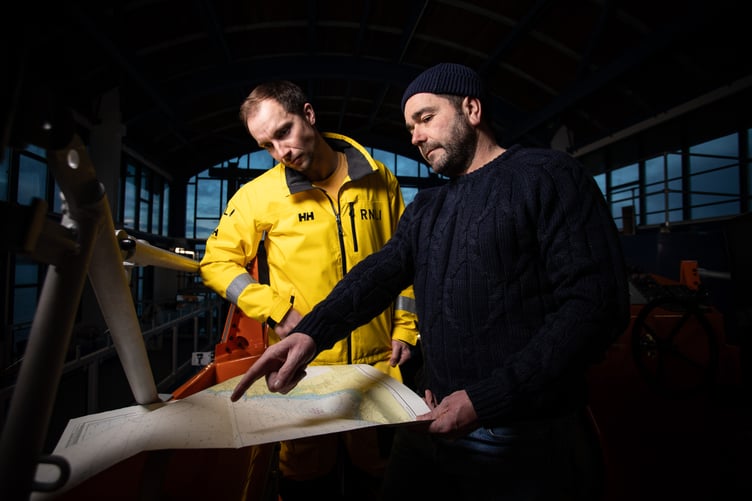
In a juxtaposition of old and new to celebrate 200 years of the RNLI this year, crew members including Phil from the iconic Tenby RNLI station, recently posed on the back of their Tamar class all weather lifeboat named, Haydn Miller.
Some of the current crew dressed as fishermen and others in their new modern RNLI uniforms.
![[In the image, left to right: Chris Thomas (Deputy Mechanic), Josh Hunt (ALB Crew), Phil John (Station Coxswain).] In a juxtaposition of old and new to celebrate 200 years of the RNLI, crew members from the iconic Tenby RNLI station, Pembrokeshire, pose on the back of their Tamar class all-weather lifeboat](https://www.tenby-today.co.uk/tindle-static/image/2024/03/08/7/50/Tenby+Lifeboat-27.jpg.jpg?width=752&height=500&crop=752:500)
Initially Tenby’s lifeboat was part of the Shipwrecked Mariners Society, and as a seaside town, the lifeboat would have been made up of a crew of local fishermen who would have been seen as fit and able to be part of the lifeboat crew.
When the Tamar class lifeboat was introduced into the RNLI fleet in 2005, she was the most sophisticated and safest lifeboat of the time. The town also has a D class inshore lifeboat, the Georgina Taylor, for extra manoeuvrability and rescues close to shore.
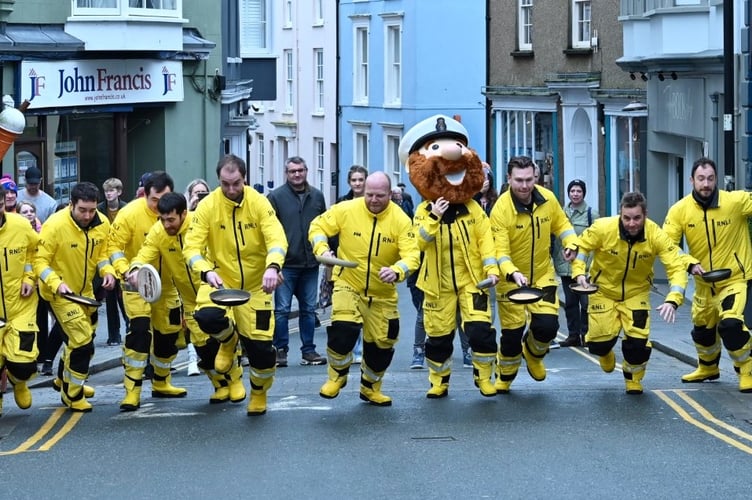
Tenby’s proud history of saving lives at sea dates back to 1834, years before the RNLI, where a silver medal was awarded to John Ray for helping to rescue, along with 11 other men in two boats, three men from the sloop Mary.

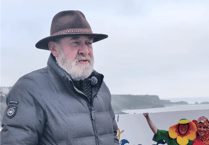
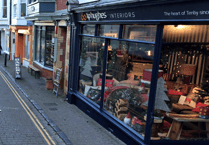

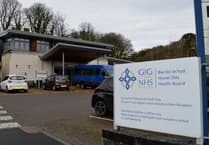
Comments
This article has no comments yet. Be the first to leave a comment.